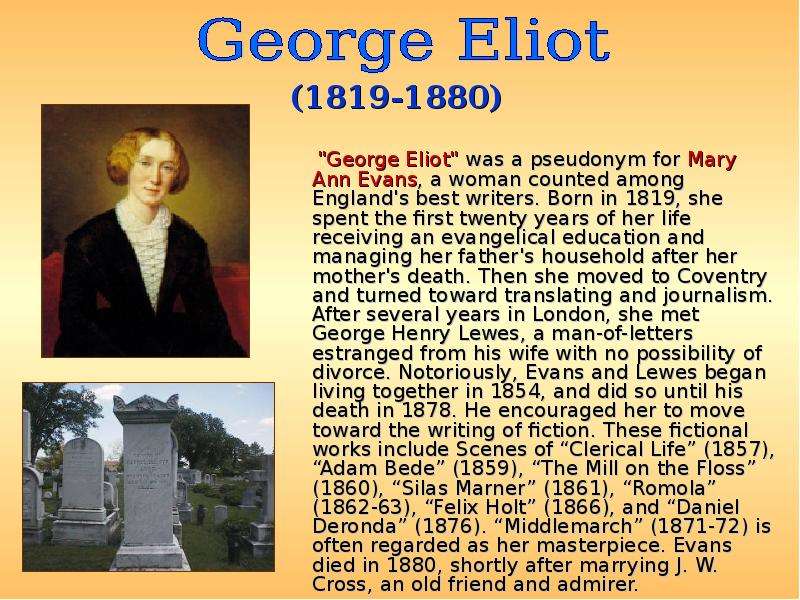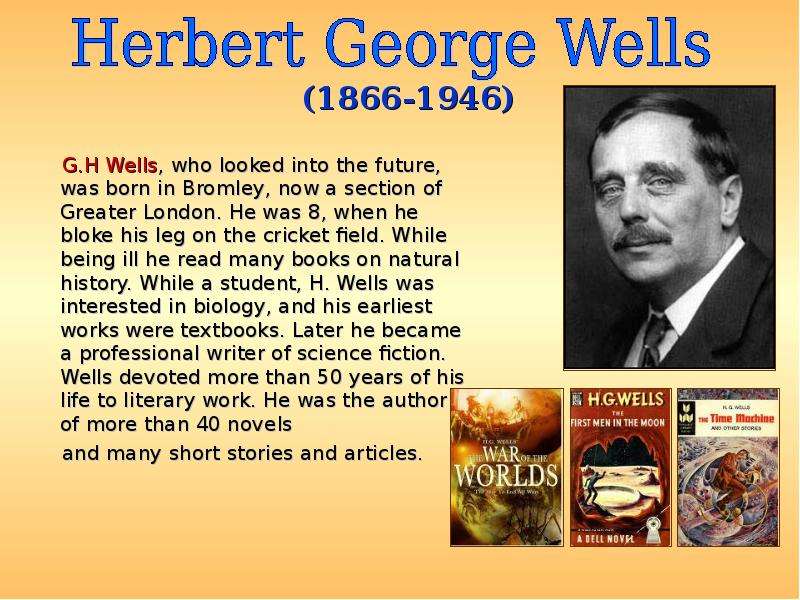Описание слайда:
Born in Dublin, Ireland, George Bernard Shaw was the only son and third and youngest child. At fifteen Shaw began working as a bookkeeper in a land agent's office. Outside of work, books, theater, and art captured his attention, but it was music that pervaded his home. His first years in London, 1876-1884, were filled with frustration and poverty. Shaw spent his days in the British Museum reading room writing novels and reading, and his evenings attending lectures and debates by the middle class intelligentsia. He became a vegetarian, a socialist, a skillful orator, and developed his first beginnings as a playwright. Shaw began his journalism career as a book reviewer and art, music, and drama critic. Shaw's writings were often controversial as in “The Philanderer” (1898), a play about the "new woman," and “Mrs. Warren's Profession” (1898), depicting organized commercial prostitution. Shaw was known for his outspokenness and barbed humour. His many plays include “Pygmalion”, “Androcles and the Lion”, Man and Superman”, “Saint Joan”, etc.
Born in Dublin, Ireland, George Bernard Shaw was the only son and third and youngest child. At fifteen Shaw began working as a bookkeeper in a land agent's office. Outside of work, books, theater, and art captured his attention, but it was music that pervaded his home. His first years in London, 1876-1884, were filled with frustration and poverty. Shaw spent his days in the British Museum reading room writing novels and reading, and his evenings attending lectures and debates by the middle class intelligentsia. He became a vegetarian, a socialist, a skillful orator, and developed his first beginnings as a playwright. Shaw began his journalism career as a book reviewer and art, music, and drama critic. Shaw's writings were often controversial as in “The Philanderer” (1898), a play about the "new woman," and “Mrs. Warren's Profession” (1898), depicting organized commercial prostitution. Shaw was known for his outspokenness and barbed humour. His many plays include “Pygmalion”, “Androcles and the Lion”, Man and Superman”, “Saint Joan”, etc.























































